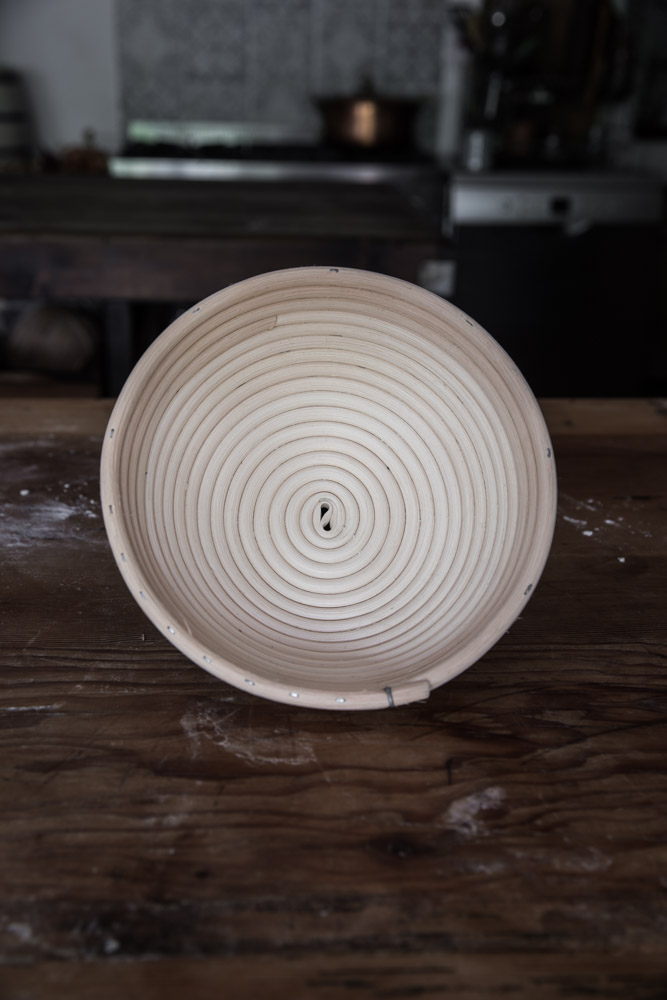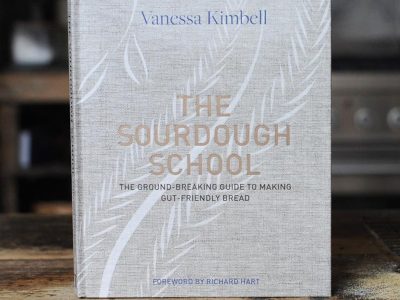
Vanessa inherently understood that our work is part of a wider change that is needed, and that in order to create change, we would need to inspire, lead and support people to approach bread in a way that would help, not harm, health. To be that change, it was not enough for people to just learn to learn to bake to create bread that is nourishing and delicious; they had to understand it.
We shared our knowledge in books to create understanding and inspire change.
‘You cannot inspire reform and democratisation of bread on either a personal and social level with average bread.’
Vanessa Kimbell
The Sourdough School book
With a foreword from Richard Hart, we knew that The Sourdough School book was going to be special. The book was Marmite. One review described it as possibly ‘the most revolutionary book published’, while for others, especially beginners it was a new concept: a book you actually had to read before starting to bake. It is easy to forget is just how radical The Sourdough School books are, especially as so many bakers have been inspired to write and share their own recipes since these books were first published. However, it is important to acknowledge that the books Vanessa writes pave the way for bakers around the world to better understand bread and to empower others to connect to baking as activism. Until The Sourdough School book was published in 2018, no sourdough book had shared any information on the technical details of opening up the crumb structure with bassinage, controlling the age of leaven, understanding hetero- and homo-fermentative bacteria, or the relationship between bread and gut health.
The Sourdough School: Sweet Baking
Similarly to The Sourdough School, The Sourdough School: Sweet Baking broke new ground. This book is baking as lifestyle medicine. Technically, it was a revolution. Baker and author Michael James was the stylist on the book, and says that the lamination techniques shared were ‘only known by a handful of bakers’. The book shared something extraordinary in its approach to identifying not just the different prebiotics in grains (and the specific microbes that munch on them), but also the mechanisms by which grain nourishes the microbes in the gut. It is a book on baking as nutritional psychiatry, and invited readers to learn more about the core principles of the protocols we use. The new concepts did not stop there. The book also included guidance on how to use probiotics, and one of the most radical concepts was in introducing symbiotic baking through fermenting the creme patissiere with strains of beneficial bacterial. The most radical part of the book, though, was that Vanessa shared her approach to Botanical Blend flour: flour that supports diversity in the gut, and in the environment. The book was a sensation.




 Partnerships: Improving Public Heath Through Research & Innovation
Partnerships: Improving Public Heath Through Research & Innovation
Leave a Reply